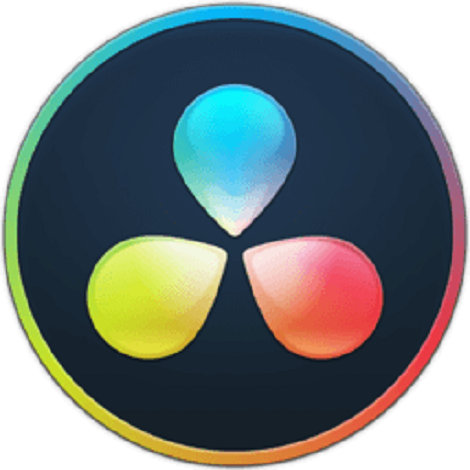

cube for the look you wantĪnd that’s an overview of 500 LUTs available for DaVinci Resolve! Which pack was your favorite? Keeping resources on hand can help with creative lulls and searching for inspiration on where to take your next project.The software has several features that make it well-suited for professional use, including advanced color grading tools, support for various formats and resolutions, and powerful audio and video editing capabilities. Apply a LUT to Any Image in Adobe Photoshop You may want to use Resolve’s LUT panel to preview which LUT you might want to add first then move into Adobe Photoshop. cube, which is compatible with Adobe Photoshop! Somewhat annoying, there is no way to live preview the results – you have to manually load each LUT one at a time. The standard format for LUTs in Davinci Resolve is. Part 3: Using DaVinci Resolve LUTs in Photoshop Turning a LUT down by half would be a value of 0.5 Key Output controls the opacity for that node (and the LUT applied to the node).Open the Key panel from the panels toolbar.Apply the LUT by dragging and dropping from the LUT browser to a node in the node graph.The LUT browser panel on the Color page works great for this (it includes a hover-scrub preview too!) Find a LUT you want to apply to your shot.Apply a LUT to Any Node in the Color page These could work in short films, as well as any stylistic project.ĭownload Moody Travel Color Grades Now Part 2: How to Control the Intensity of a LUTįound the perfect look for your project, but the results are perhaps too bright or colorful? Read on to find out how to tone down a LUT (or any single node) in DaVinci Resolve. Deeply rich mid-tones, muted colors, and soft highlights build out an excellent starting point for all kinds of different projects. Moody Travel Color Grades will transform landscape photography with a dramatic twist.


 0 kommentar(er)
0 kommentar(er)
